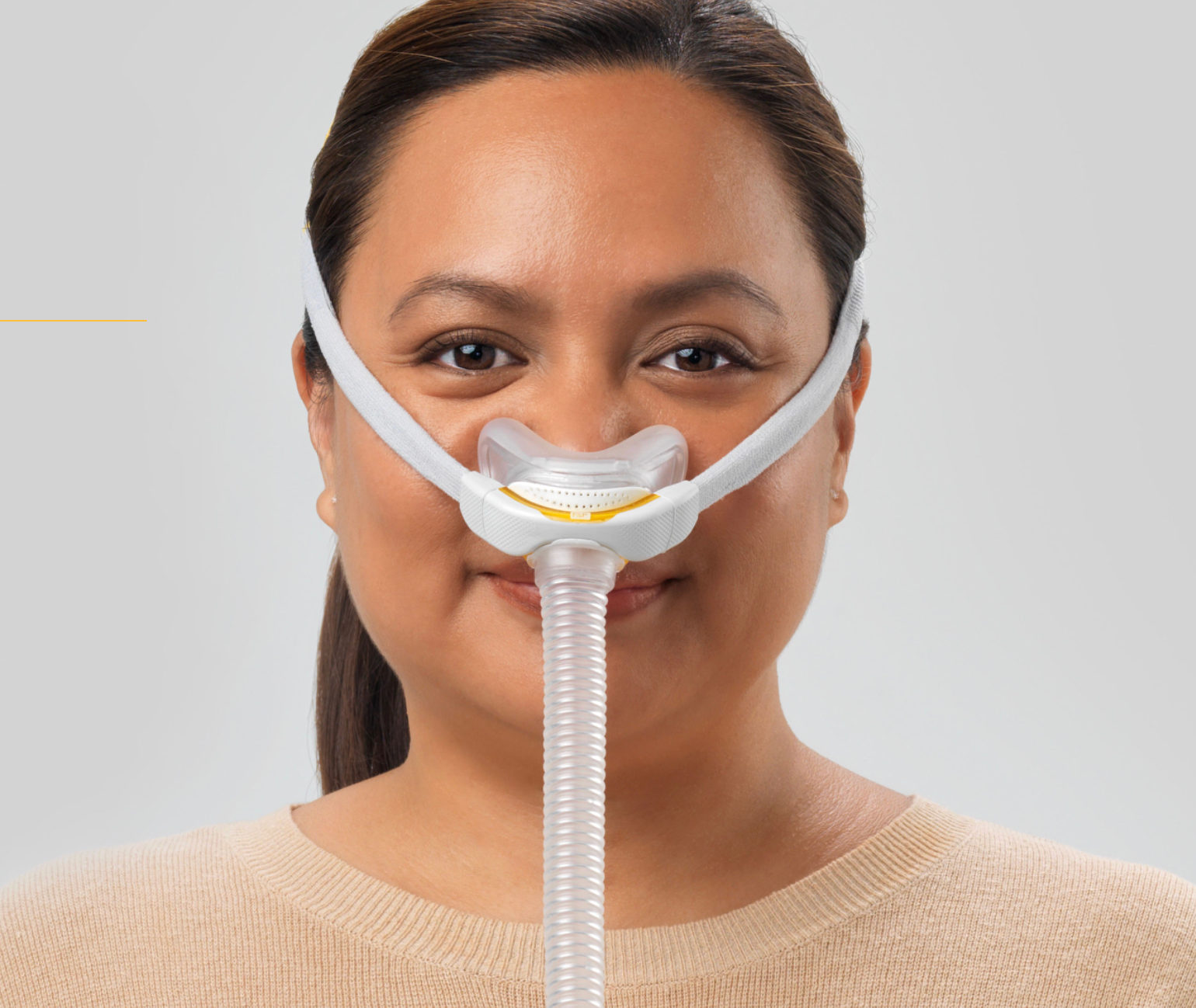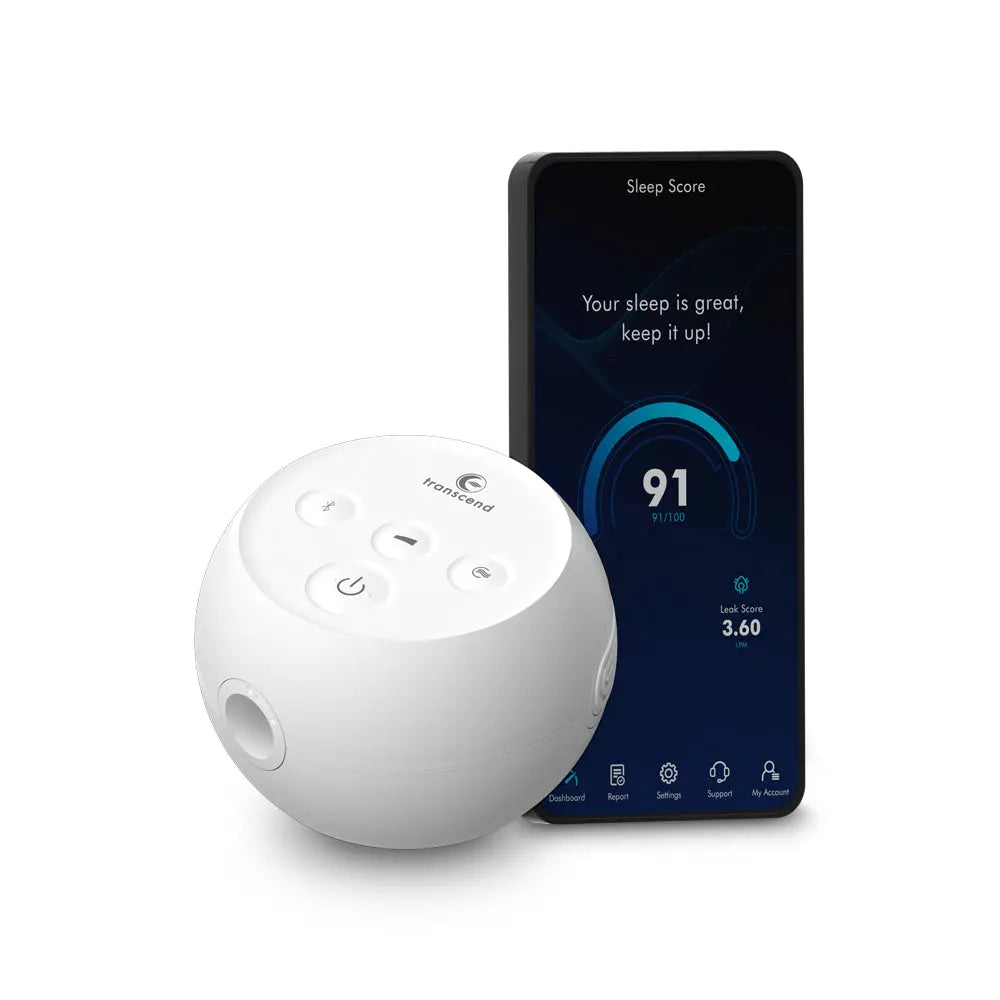Prepare for the End of Daylight Saving Time: Sleep Tips to Adjust with Ease
Introduction: Daylight Saving Time Ends – What It Means for Your Sleep
As clocks "fall back" one hour this Sunday, most people anticipate the gift of extra sleep. However, this shift in time can disrupt circadian rhythms, leading to grogginess and disorientation for days. Even though gaining an extra hour sounds ideal, any sudden change in sleep patterns can affect the quality of sleep and overall health. In this blog, we’ll explore what happens when Daylight Saving Time ends, why it can disrupt sleep, and offer practical tips to adjust to the new schedule smoothly.
What Is Daylight Saving Time (DST) and Why Does It End?
Daylight Saving Time is the practice of setting clocks forward by one hour in the spring and back by one hour in the fall. It was first introduced in Germany during World War I to conserve fuel by maximizing daylight hours. The United States formally adopted DST during World War II and made it a seasonal fixture with the Uniform Time Act of 1966.
DST is intended to make better use of daylight during the warmer months, but it ends each fall—typically on the first Sunday of November—when clocks are set back an hour to return to standard time. This change marks shorter daylight hours in the evening, giving early risers more morning light. Despite its intended benefits, many people find that shifting the clocks disrupts their sleep cycle, leading to a temporary imbalance in their circadian rhythms.
The Impact of Time Change on Sleep Patterns
Although an extra hour of sleep may sound like a bonus, the body’s internal clock—also known as the circadian rhythm—doesn’t adjust automatically. Our circadian rhythm is closely tied to natural light exposure, which helps regulate when we feel sleepy or awake. Even minor disruptions to this rhythm can cause:
- Sleep Inertia: Waking up feeling disoriented and groggy.
- Difficulty Falling Asleep: Going to bed earlier than usual can leave some people lying awake longer.
- Mood Changes: The disruption of sleep can lead to irritability or even seasonal mood disorders.
- Increased Fatigue: A change in sleep schedule can lower alertness during the day.
- Health Effects: Some studies show that disruptions in sleep patterns—especially abrupt ones—are linked to higher risks of cardiovascular issues and mental health problems.
This shift also affects children, who may struggle with the earlier darkness and new bedtimes. Pets, who rely on routines, might also find themselves confused by the change in feeding and walking schedules.
Tips to Adjust to the End of Daylight Saving Time
Fortunately, there are ways to ease into the time change and minimize its impact on your sleep. Here are some practical tips to help you adjust to the transition:
1. Gradually Shift Your Sleep Schedule
In the days leading up to the time change, start going to bed and waking up 10-15 minutes earlier than usual. This gradual adjustment allows your body to acclimate to the new schedule without a sudden jolt to your circadian rhythm. If you haven’t started yet, even a two-day adjustment will help ease the transition.
2. Use Morning Light to Reset Your Internal Clock
Exposure to natural light in the morning is a powerful tool for resetting your body’s internal clock. On Sunday morning (and the days following), get outside in the sunlight within 30 minutes of waking. This exposure to natural light will signal to your brain that it’s time to wake up and be alert, helping you adjust to the earlier mornings.
3. Stick to Your Normal Routine
Consistency is key to maintaining good sleep hygiene. Try to keep your regular meal times, exercise routines, and sleep schedule as close to normal as possible—even on the weekend. Sticking to a routine helps reinforce your body’s internal clock and makes it easier to fall asleep and wake up at the right times.
4. Avoid Caffeine and Alcohol in the Evening
Both caffeine and alcohol can interfere with the quality of your sleep. Caffeine, a stimulant, can delay sleep onset, while alcohol can disrupt deep sleep and cause frequent awakenings during the night. Avoiding these substances at least 4-6 hours before bed will help you fall asleep more easily and stay asleep longer.
5. Create a Relaxing Bedtime Routine
Wind down your body and mind before bed with relaxing activities such as reading, journaling, or taking a warm bath. Try to avoid screen time (phones, tablets, and televisions) at least one hour before sleep, as blue light exposure can suppress melatonin production—the hormone that helps us sleep.
6. Adjust Your Mealtimes Gradually
Your body’s internal clock is also influenced by meal times. Start adjusting your meals slightly earlier a few days before the time change to align with the new schedule. Eating dinner at your regular time after the clocks change will help anchor your routine and prevent disruptions to digestion and sleep.
7. Use Sleep Aids Mindfully
If you struggle to fall asleep, consider using natural sleep aids such as melatonin supplements. Melatonin can help shift your internal clock, but it’s best used for short-term adjustments under the guidance of a healthcare provider. Avoid relying on it regularly, as natural sleep patterns are more sustainable long-term.
8. Keep Your Bedroom Dark and Comfortable
A dark, quiet, and cool sleeping environment promotes better sleep. Use blackout curtains or an eye mask to block out unwanted light, especially if you’re waking earlier than usual. Consider using a white noise machine or earplugs to reduce distractions.
9. Limit Napping
Though an extra hour of sleep may tempt you to nap during the day, doing so can disrupt your nighttime sleep. If you need to rest, keep naps short (10-20 minutes) and try to take them earlier in the afternoon to avoid interfering with your nighttime sleep.
10. Be Patient and Give Yourself Time
Adjusting to the end of DST may take a few days, especially if you’re sensitive to sleep changes. Be patient with yourself and allow time for your body to adapt to the new schedule. Practicing good sleep hygiene will help ease the transition and restore your natural rhythm.
When to Seek Help for Sleep Issues
For most people, the end of DST causes only minor disruptions. However, if you find that sleep difficulties persist for more than a week or significantly impact your daily life, it may be a sign of a deeper sleep issue. Chronic insomnia, sleep apnea, or circadian rhythm disorders can require medical attention. If adjusting your routine doesn’t improve your sleep, consider consulting a healthcare provider or sleep specialist for further guidance.
Conclusion: Make the Most of the Time Change
The end of Daylight Saving Time offers a unique opportunity to reset your routine and improve sleep hygiene. While the initial adjustment may feel challenging, following these simple tips can help you ease into the change. Use the extra hour to get some quality rest, set new healthy habits, and embrace the shift toward winter. Good sleep isn’t just a luxury—it’s essential for your overall health and well-being.
Bibliography
- American Academy of Sleep Medicine. (2023). How to Adjust to the End of Daylight Saving Time. Retrieved from https://aasm.org.
- Czeisler, C. A., & Gooley, J. J. (2018). "Circadian Rhythms and Sleep–Wake Disorders." The New England Journal of Medicine, 379(18), 1701-1707.
- National Sleep Foundation. (2022). Sleep Tips for Daylight Saving Time. Retrieved from https://sleepfoundation.org.
- Roenneberg, T., Wirz-Justice, A., & Merrow, M. (2019). "Life Between Clocks: Daily Temporal Patterns of Human Chronotypes." Journal of Biological Rhythms, 34(4), 309-317.
- Shapiro, C. M., & Devins, G. M. (2021). Sleep Health and Well-Being. Springer Publishing.








Leave a comment
This site is protected by hCaptcha and the hCaptcha Privacy Policy and Terms of Service apply.